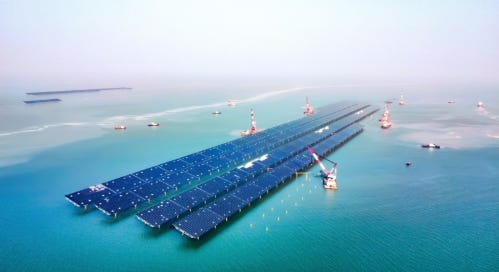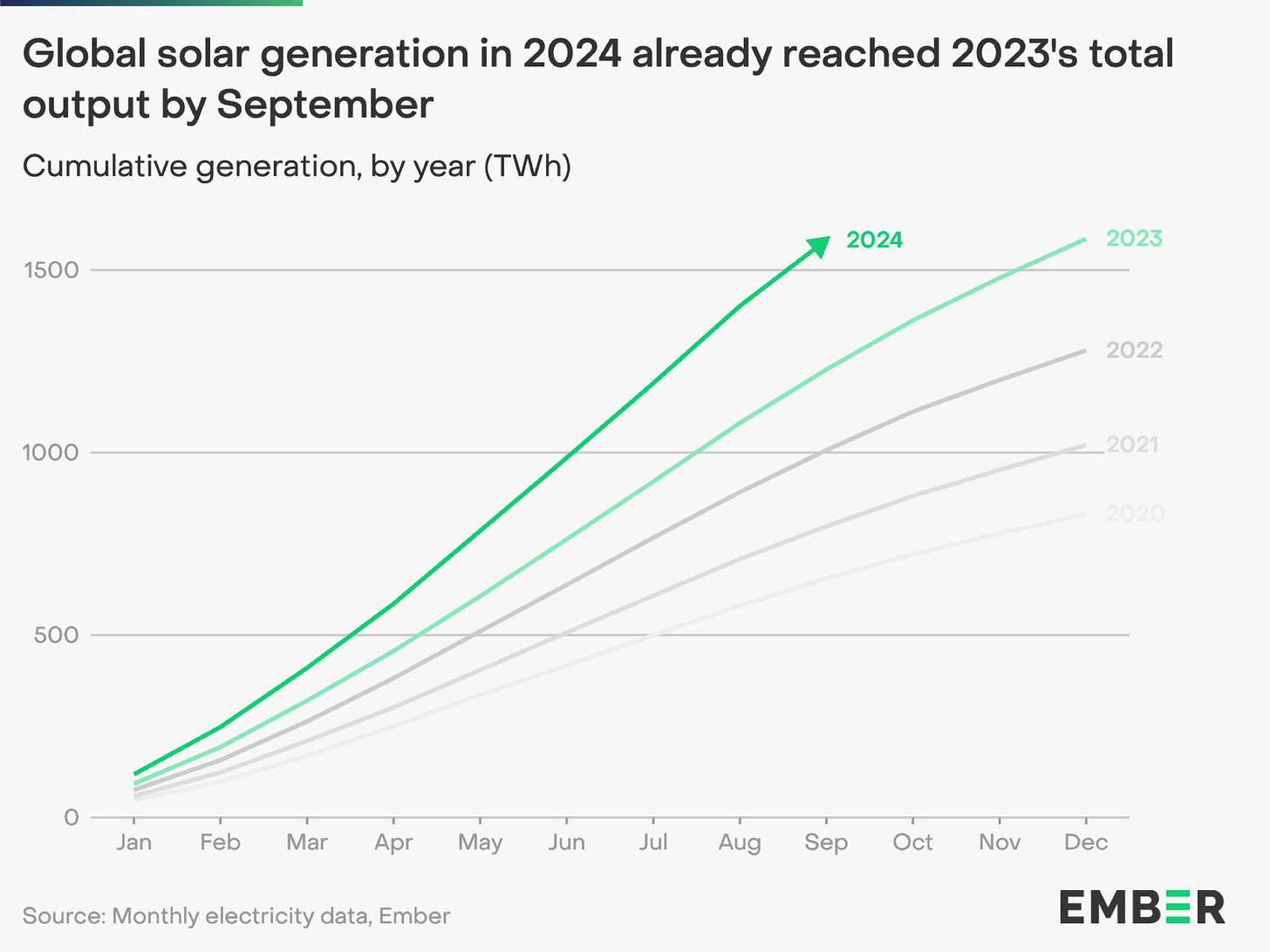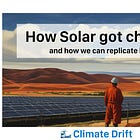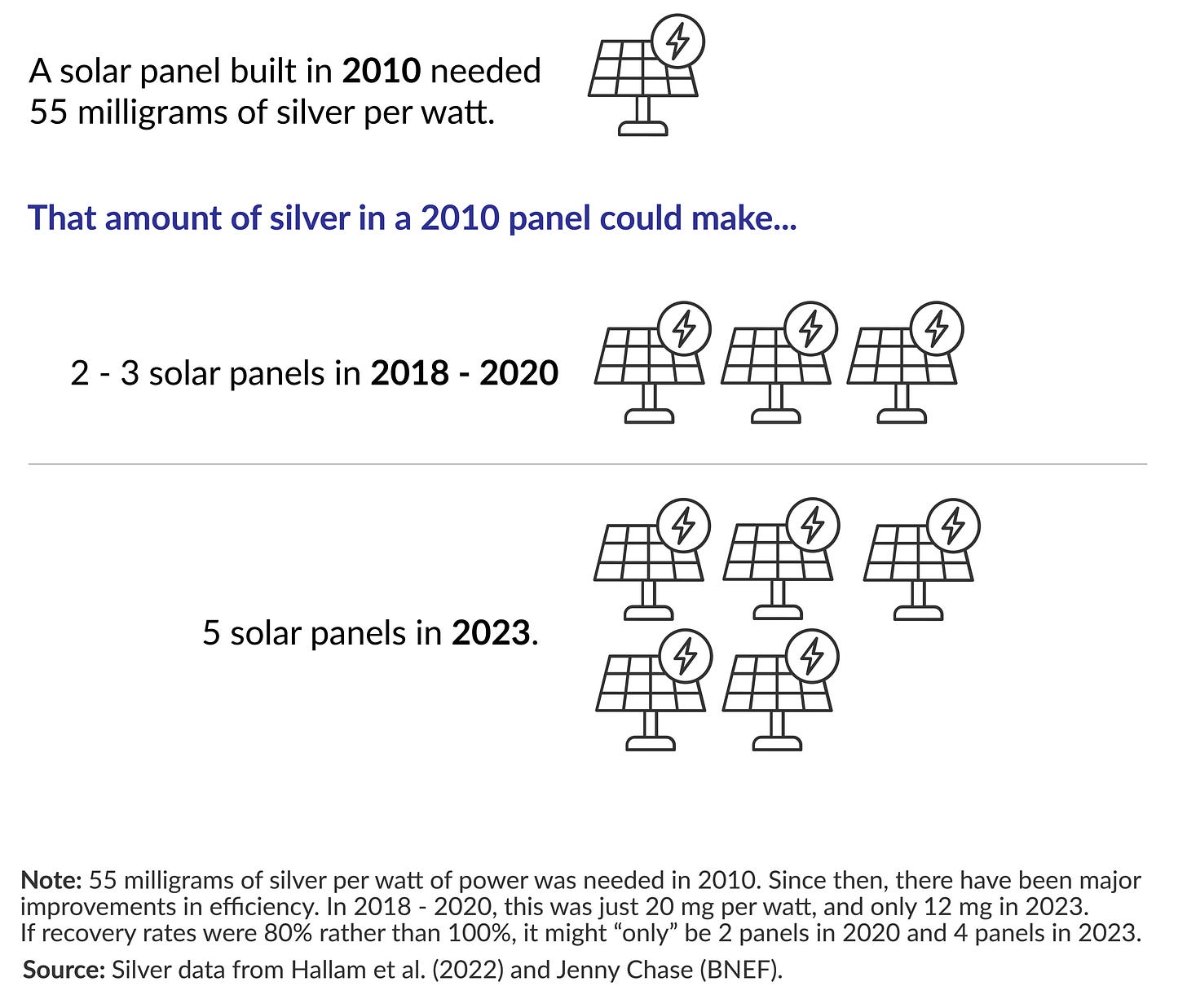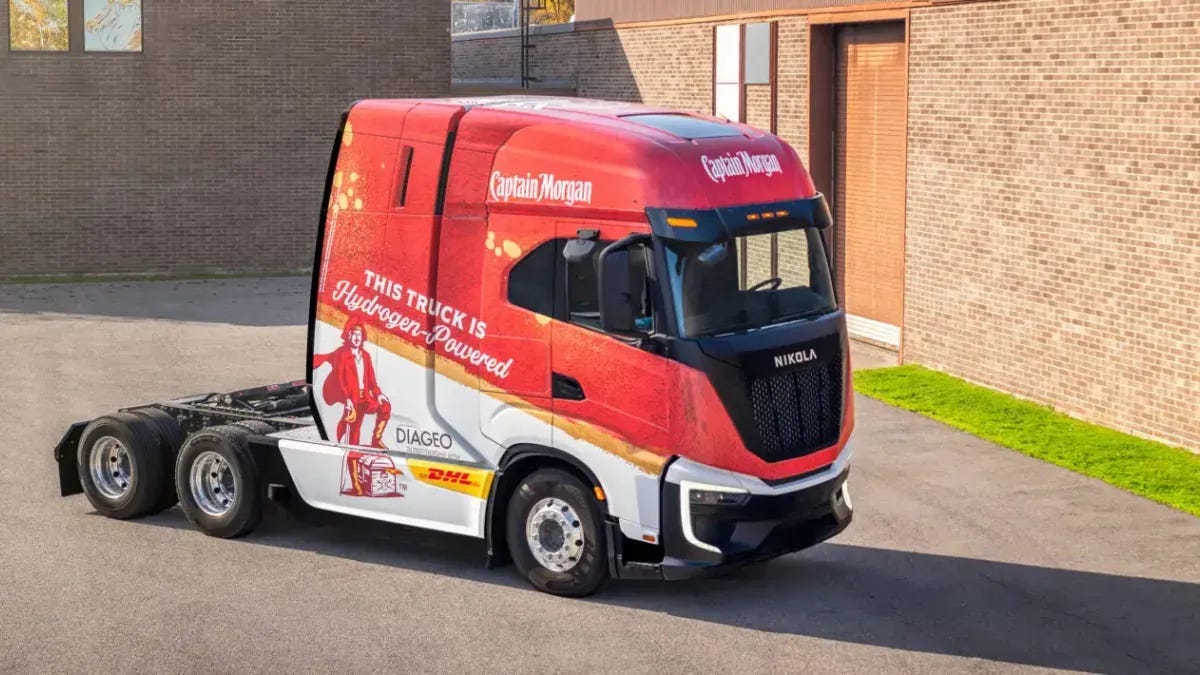Friday Five #3: 5 Climate Wins This Week
Offshore Solar Milestones, Low-Carbon Technologies Require Fewer Raw Materials, More hydrogen and eTrucks sold and shipped
Welcome to Climate Drift – where we spotlight climate solutions and empower you to take action in the race to net zero.
Not subscribed yet?
Hey there 👋
Skander here.
No Black Friday deals here, well we already announced our doubled sponsorship fund for 2025 last time, but at least we bring you good climate solution progress.
🌊 Let’s dive in!
Join the Climate Drift Accelerator and accelerate your climate journey. We are selecting people for our next cohort now, and we're looking for talented individuals like you to make a real difference.
🚀 Apply today: Be part of the solution
1. World's Largest Offshore Solar Plant Connected to Grid
China has connected its offshore solar plant to the grid, marking a significant milestone in renewable energy. This plant, the largest of its kind in the world, boasts more than 1 GW of capacity and aims to generate 1.8 GWh of electricity per year once fully completed.
For context: The largest existing onshore solar plant is currently also in China, the Xinjiang Midong Solar Park in China, with 3.5 GW, also commissioned this year (in June).
2. World's Largest Offshore Solar Plant Connected to Grid
2024 global solar output matched the entire 2023 output by September, with months still to spare. Good news for solar, great news for decarbonisation. Let’s see what next year brings.
Learn more about how we got here and how we can replicate it with other decarbonisation technologies:
3. Low-Carbon Technologies Require Fewer Raw Materials
A recent analysis by Hannah Ritchie reveals that low-carbon technologies generally require fewer raw materials compared to fossil fuel-based alternatives. This finding challenges the common misconception that renewable energy sources are more resource-intensive.
5. More hydrogen and eTrucks sold and shipped
Nikola is making significant strides in the zero-emission heavy-duty truck market, particularly with its hydrogen fuel cell electric vehicles. According to recent reports, the company is dominating the North American market with over 90% share based on bulk registration data. So far this year they shipped 203 trucks.
To put this into context: There are approximately 14 million single-unit trucks in the US, accounting for 5% of all registered vehicles. So this is a drop in the bucket, but time to highlight the progress we are making.
Join the Climate Drift Accelerator and accelerate your climate journey. We are selecting people for our next cohort now, and we're looking for talented individuals like you to make a real difference.
🚀 Apply today: Be part of the solution


